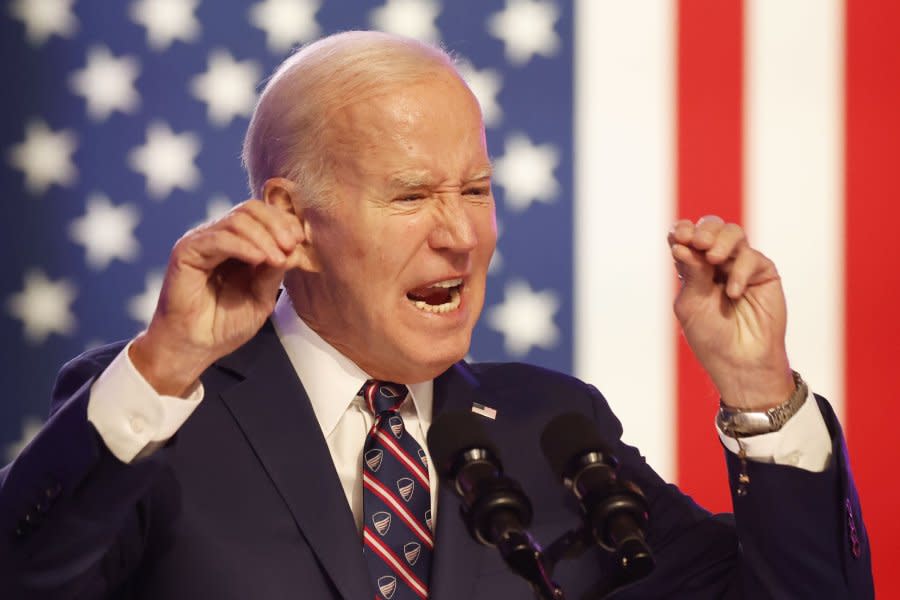Number of U.S. voters who call themselves independent highest since 2014, Gallup says

Jan. 12 (UPI) -- Independent continues to be the dominant political identity in the United States, according to recent polling.
A Friday Gallup Poll showed political independents make up the largest political contingent in the country at 43% in 2023, tying with a record high in 2014.
The average percent of adults who identify as independent has been 40% or higher each year since 2011, except for the 2016 and 2020 presidential elections in which they were both at 39%.
The number of Americans who identify as Democrats is at a record-low at 27%, tying with the number of respondents who identify as Republicans.
Democratic identification has declined one point per year for the past three years. Gallup tied the decline in Democratic party identity to President Joe Biden's low job approval rating, which has been persistently below 40% in 2023.
Independents first began to outnumber supporters of both major parties in 1991 and have continued to do so, although the rise of political independents has largely hurt Democrats, who previously were the largest political group.
Independent leanings also gave Republicans a slight boost in popularity. Gallup asked respondents in each survey whether they identified as Republican, Democrat or independent. All survey respondents who answered independent then were asked whether they lean more toward the Republican or Democratic party. Last year, slightly more independents said they lean Republican, which means a combined 45% of Americans identified as Republican or Republican-leaning, versus 43% for Democrats and Democrat-leaners.
Gallup also asked respondents to describe their political views on a conservative to liberal spectrum. In 2023, 36% of U.S. adults described their political views as conservative, 36% as moderate and 25% as liberal, matching averages over the past 10 years.
Self-identified liberals, however, are on the rise from below 20% in the '90s and early 2000s. Conservative and moderate identity also dropped slightly in the past 20 years, with the largest drop being for moderates who were the biggest group from 1992 to 2002.
The implications might not bode well for Democrats for the 2024 election, because the party is weaker than it has been in any recent election year. Gallup expects independent identity to drop in 2024, as it has in most election years when there is a heightened focus on partisan politics. But political independents still remain the largest group of voters, and independent leanings give Republicans a slight edge this election year.

